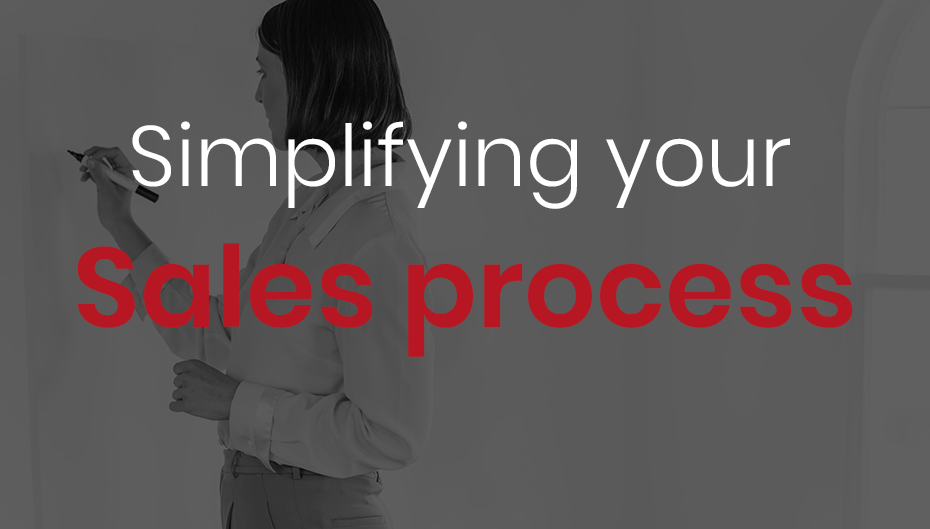If you Google “creating a sales process”, it’ll give you 743,000,000 results.
Searching for “optimizing your sales process” gives you 112,000,000 results.
With such an overwhelming volume of information out there, we want to help you filter out the noise and focus on best practise. We’ve helped lots of customers take their process and simplify it, by filtering it through the lens of a Good Fit Sales approach.
When we’re doing that, our number one goal is to make it simple. That’s it. It’s way too easy to over-engineer or complicate it.
But don’t confuse simple with not valuable. The value is in the clarity you get.
The most common issue we see is that companies have a pipeline by segment or a single pipeline that has 17 different stages mapped, all the way from lead to deal won.
If we lay out the basic steps of a process, you can see how it breaks down into just a few simple stages, and that it’s easy to break it out into Leads and Opportunities:
When it comes to leads, you might deal with inbound and outbound lead processes differently, so you might use separate pipelines for those. For example, outbound has many more touches than inbound so you can define those to track them separately.
Our suggestion is that you should have a 4 or 5 touch model on inbound leads but whatever cadence you use there should be some way to define and move leads along a multi-touch path so you can see where your reps need to focus..
Then, your outbound might look more like New Account to Target > Process Started > Engaging > Discovery Call scheduled so you can see that you’re using a combination of channels to get to that discovery call stage.
It’s worth noting that we commonly see companies defining Discovery Call as an opportunity stage but we would suggest this is still a lead stage. Until you’ve had the call and qualified that there is an opportunity it should stay as lead.
If we consider the opportunity stages of Preliminary > Active Evaluation > Committed > Negotiation > Forecasted, these stages are the same regardless of the business segment. Selling two products? The process should still break down to those stages – even if each stage contains multiple / alternative steps.
(Now, you may jump from a discovery or qualification call with a prospect to an active evaluation or a customer in a particular segment may stay at preliminary with a view to actively trialling / evaluating your offering in the future. That’s ok.)
The whole purpose of this separation between leads and opportunities is to let you choose where to focus your time.
It’s easy to see where you have a deal in Active Evaluation that you want to push for commitment, which is a higher priority than working leads. But if you’re happy with your opportunities, you might choose to spend time on your leads to create more pipeline.
The model works whether it’s a 30 day sales cycle or a 12 month+ sales cycle. It works if you sell in a heavily regulated industry. It works if you have a complex, technical solution.
Once it goes into place, what we hear about from our customers is the transparency and accountability they now have in the CRM. It’s not about transactional vs enterprise or short vs long sales cycle. It’s about knowing where to focus your time and effort at the right moment in time to get the right outcome.
